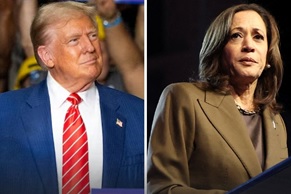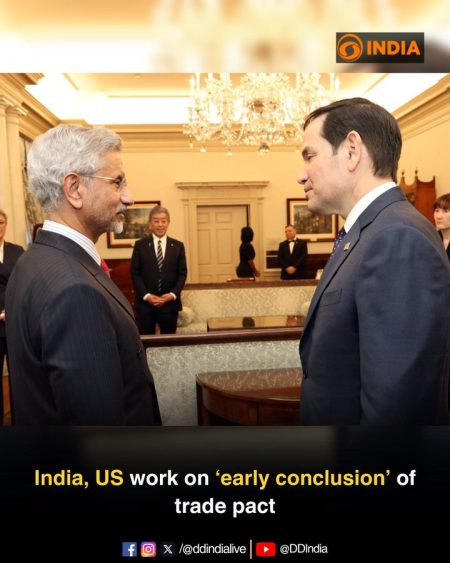 According to The Economist’s presidential forecast, US Vice President Kamala Harris is leading the presidential race with a slight edge over Donald Trump. The latest analysis indicates that Harris has “about a 3 in 5 chance” of securing victory in the electoral college, while Trump holds “about a 2 in 5 chance.”
According to The Economist’s presidential forecast, US Vice President Kamala Harris is leading the presidential race with a slight edge over Donald Trump. The latest analysis indicates that Harris has “about a 3 in 5 chance” of securing victory in the electoral college, while Trump holds “about a 2 in 5 chance.”
The forecast projects Harris to win 281 electoral votes, exceeding the 270 required for election, while Trump may receive 257 electoral votes. Updated on September 30, the forecast reflects current trends in the electoral landscape.
The national polling averages also indicate Harris at 49.9% and Trump at 46.2%.
In the US electoral system, citizens do not directly vote for presidential candidates; instead, they vote for electors pledged to those candidates. Each state has a number of electors equal to its congressional representation, totaling 538 electors. A candidate must obtain a majority of these electors, at least 270, to win the presidency.
The voting process involves citizens selecting electors in the November elections, followed by the electors convening in December to cast their official votes. These votes are then counted in a joint session of Congress on January 6 of the following year, where the results are formally declared.
The Economist’s methodology for its forecasts includes over 10,000 simulations, considering national and state-level polls, economic conditions, historical voting trends, and demographic data to assess the likelihood of different electoral outcomes.
Americans will cast their votes in the presidential election on November 5 this year.













